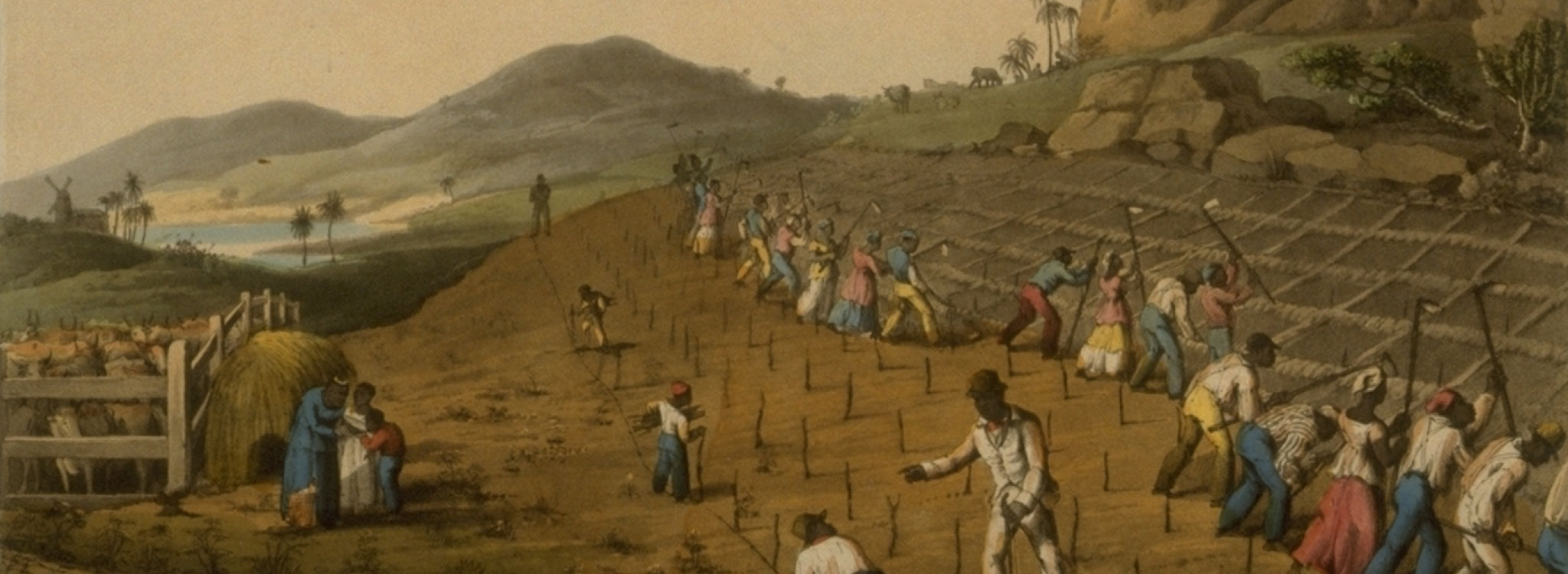Jesse Cowles was born into slavery in Albemarle County, Virginia to Montgomery and Sarah Cowles. His owner was probably Presbyterian minister Samuel Wilson Blain, who held at least twelve people in bondage. Blain moved the Cowles family to Williamsburg, Virginia, sometime in the 1850s, and Jesse worked as a farm laborer there. When Union forces marched across the Virginia Peninsula in 1862, Cowles seized the opportunity to escape. He fled to Union lines, leaving his family behind and ultimately making his way to Connecticut.
Cowles enlisted in the Union army at Hartford, Connecticut on 30 November 1863, at the age of eighteen. After spending the winter training, he mustered in as a private in the 29th Connecticut Colored Infantry Regiment at New Haven on 8 March 1864. His service records describe him as five feet, five and a half inches tall, with black hair, black eyes, and a dark complexion. The army stationed the men in Beaufort, South Carolina from April to August 1864. It then transferred them to Virginia, where they took part in the Siege of Petersburg. Cowles fought in the Second Battle of Deep Bottom on 14–20 August, the Battle of New Market Heights on 28–29 September, and the Battle of Darbytown Road on 13 October. He received a wound to his left forearm at the Second Battle of Fair Oaks on 27 October and spent the next few months in the hospital at Fort Monroe.
Cowles had returned to his regiment by March 1865. The Confederate government abandoned Richmond on 2 April 1865, and the following day Cowles and his comrades were among the first Union soldiers to march into the city. The men guarded Confederate prisoners at Point Lookout, Maryland, until the end of May, and the army transferred them to Texas in June. They spent the summer in Brownsville, Texas, maintaining law and order and keeping an eye on the French forces in Mexico. Cowles mustered out at Brownsville on 24 October 1865.
He returned to Connecticut after the war and eventually graduated from Wesleyan University. He spent years struggling to locate and reunite with his family. In 1871 he published newspaper ads pleading for news of his mother and siblings. They were living in Jamestown, Virginia, only about ten miles from their former plantation, but it is unclear if Cowles ever tracked them down. He married Nancy Cowles sometime after the war, and they adopted two children together: Etha (born November 1884) and Clara (born December 1886). She was a Sunday School teacher in the AME Church.
Cowles became a minister in the AME Zion Church in 1872 and played a leading role in congregations across the North. He used his position to protest racial injustice and support local Black communities. In 1887, when a New Jersey mayor excluded African Americans from his town’s beaches and boardwalks, Cowles and other Black ministers “protested in energetic language” against the order. In 1890 Cowles spoke at an American Citizens’ Equal Rights Association convention in Washington, D.C. The association denounced racial discrimination and fought for civil rights and suffrage throughout the country. He preached at temperance meetings, celebrated women’s activism within the church, and served on the advisory committee for the Howard Colored Orphan Asylum in Brooklyn, New York.
Cowles also worked to keep alive the memory of the Union cause. In 1885 he helped organize a fundraising drive in New York’s Black community to build a monument to Union general Ulysses S. Grant. As president, Grant had championed the 15th Amendment and imposed martial law to defeat the Ku Klux Klan. A monument to Grant’s memory, Cowles knew, could serve as a powerful challenge to white supremacy. Cowles coordinated with New York Mayor William Russell Grace and the Grant Memorial Association, and Grant’s Tomb was finally dedicated in 1897.
Cowles began receiving a six-dollar monthly pension in 1874, and by 1890 the pension office had increased it to ten dollars per month. The family moved to York, Pennsylvania in 1895, and they quickly became beloved members of the community. Nancy died there on 4 November 1896, and Cowles reportedly “never fully recovered” from his grief. He died at his house on East King Street eight months later, on 17 July 1897, after a “short illness of consumption.” A local obituary described him as an “earnest and faithful worker,” an “eloquent and pleasing pulpit orator,” and a “valued and beloved pastor.” AME ministers from across the region attended his funeral, which was “so well attended that all who came could not get in the building.” He was buried beside Nancy in York’s Lebanon Cemetery.
Biography published with permission of the Black Virginians in Blue website https://community.village.virginia.edu/usct/node/1
Read the full, original biography by Brian Neumann in the African American National Biography.
Online Resources
“Jesse Sumner Cowles (29th CT Infantry).” Black Virginians in Blue website. https://community.village.virginia.edu/usct/node/98
Brian C. Neumann, "Black Virginians in Blue: Black Union Soldiers and Sailors from Albemarle County, Virginia," Journal of Slavery and Data Preservation 2, no. 2 (2021): 12-18. https://doi.org/10.25971/pgr6-km31.
Bibliography
Burkhardt, George S., ed. Double Duty in the Civil War: The Letters of Sailor and Soldier Edward W. Bacon. Carbondale: Southern Illinois University Press, 2009.
Cirillo, Frank. “Black Virginians in Blue and Civil War Memory.” John L. Nau III Center for Civil War History, https:// naucenter.as.virginia.edu/blog-page/1116.
The Brooklyn Daily Eagle, 21 Dec. 1888.
The Philadelphia Inquirer, 27 June 1887.
The York Daily, 7 Nov. 1896.
The York Dispatch, 19 July 1897.
The [York, Penn.] Gazette, 23 Jan. 1896 and 21 July 1897.
U.S. Federal Census Records for 1850, Slave Schedule for Albemarle County, Virginia.
U.S. Federal Census Records for 1870 for Jamestown, Virginia.
Author
Brian Neumann
Adapted by
Sophie Alegi
Contributing Institutions
Nau Center for Civil War History, University of Virginia






